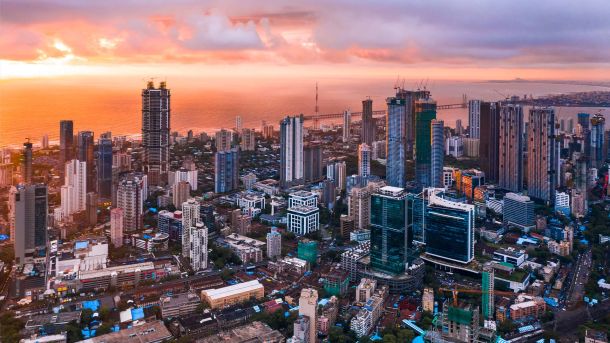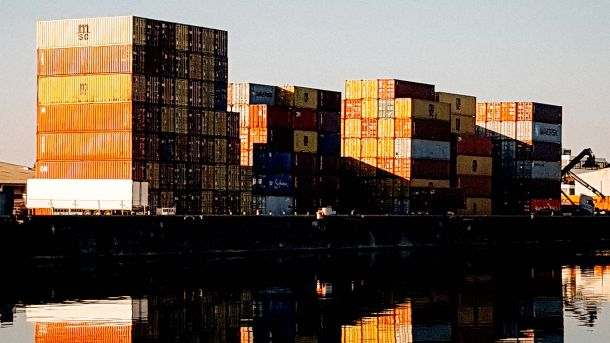Several key factors contributed to the decline in production volumes:
- Petroleum, Chemical Products, Rubber, and Plastic Products: Production fell by 2.5%, accounting for a 0.5 percentage point decrease in overall manufacturing output.
- Electrical Machinery: This sector experienced a significant drop of 12.2%, contributing a further 0.3 percentage points to the decline.
Despite these setbacks, some segments saw growth. Notably, glass and non-metallic minerals increased by 4.4% in March, offering a contrasting upward trend.
In terms of sales, the seasonally adjusted value within the manufacturing sector dipped by 0.2% in March 2025 compared to February. Additionally, the first quarter of 2025 experienced a 1.1% decline relative to the fourth quarter of 2024. The main drivers of this quarterly contraction were:
- Motor Vehicles, Parts, and Accessories: This category decreased by 3.2%, contributing 0.5 percentage points to the overall decline.
- Basic Iron and Steel, Non-Ferrous Metal Products, Metal Products, and Machinery: These industries contracted by 3.9%, adding 0.8 percentage points to the quarterly decrease.
Manufacturing remains a cornerstone of South Africa’s economy. As the country’s most industrialised nation in Africa, it employs approximately 1.6 million people and contributes around 12.5% to GDP, according to 2024 data. Employment figures show a positive trend, with job numbers rising from 1.635 million in Q3 to 1.675 million in Q4 of 2024. The forthcoming employment statistics for Q1 2025 are expected to further confirm this growth. This rise in manufacturing employment is particularly encouraging, especially given stable electricity supply levels and consistent PMI figures during late 2024.
However, business owners within the sector are adopting a cautious “wait-and-see” approach towards investment and medium-term expansion. This sentiment is reflected in the April PMI figures, which remain subdued due to US tariff hikes on exports to that market and ongoing tensions in the US-China tariff war. These international trade frictions pose challenges for South Africa’s exports to the US and could potentially impact economic growth and job creation in the manufacturing sector.
Reports from the Reserve Bank and commercial banks indicate that South African companies are still maintaining substantial cash reserves. This cautious stance underscores the uncertainty facing businesses amid both domestic and international developments, prompting a careful approach to future investments.





